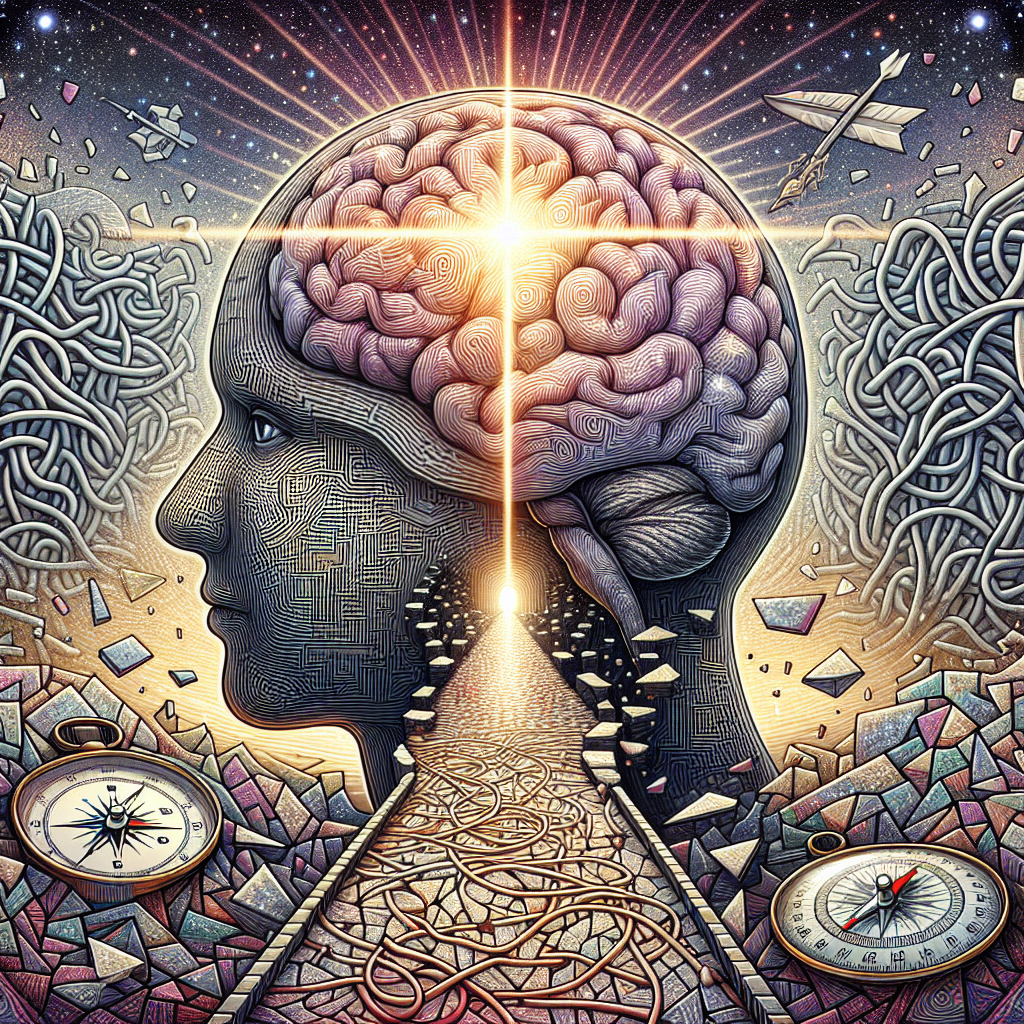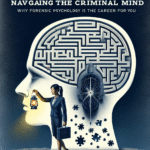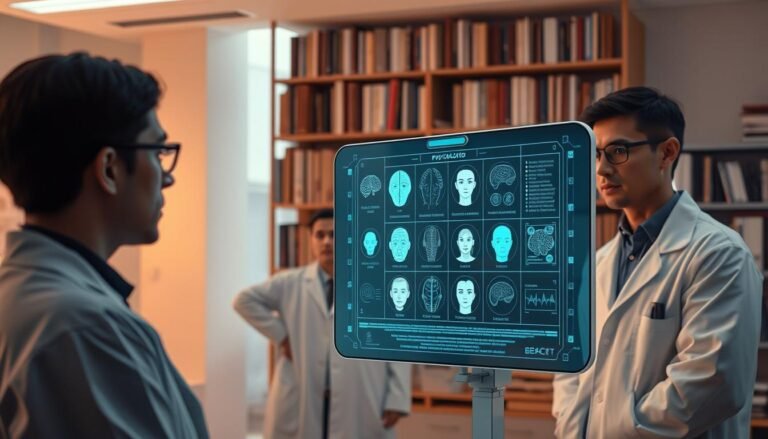
Dissociative Disorders Explained: Navigating the Path from Cause to Cure – The Ultimate Guide to Understanding and Overcoming Dissociation
Introduction
Imagine waking up in a world where memories feel foreign, and your sense of self is like a mirage. This is the reality for many individuals grappling with dissociative disorders—conditions that disturb the normal integration of consciousness, memory, identity, and perception. As we delve into the labyrinthine landscape of dissociative disorders, we will explore the causes, symptoms, treatment pathways, and hopeful recovery stories. By the end of this article, you will find that “Dissociative Disorders Explained: Navigating the Path from Cause to Cure” is not merely a journey into the psyche; it is an essential route towards healing.
Understanding Dissociative Disorders
What are Dissociative Disorders?
Dissociative disorders are mental health conditions that involve a disconnection and lack of continuity between thoughts, memory, surroundings, actions, and identity. These disorders often arise as coping mechanisms in response to trauma or intense stress. The primary types of dissociative disorders include:
Dissociative Identity Disorder (DID): Previously known as multiple personality disorder, DID is characterized by the presence of two or more distinct personality states or an experience of possession.
Dissociative Amnesia: This involves an inability to recall important autobiographical information, usually about trauma or stress.
- Depersonalization/Derealization Disorder: This disorder features persistent experiences of feeling detached from one’s body (depersonalization) or a sense of unreality regarding one’s surroundings (derealization).
Symptoms and Signs
Recognizing the symptoms is crucial to understanding dissociative disorders. Common signs include:
- Memory lapses for everyday events, personal information, and past trauma.
- The feeling of being disconnected from oneself or one’s surroundings.
- Sudden shifts in mood and behavior that can reflect different identities.
- Visual or auditory hallucinations in severe cases.
Exploring the Causes of Dissociative Disorders
The Role of Trauma
One of the most significant factors underpinning dissociative disorders is trauma, particularly during formative years. Victims of childhood abuse, neglect, or other traumatic experiences often develop these disorders as a way to cope with intense emotional pain. Case Study Example: A 15-year-old girl named Emily experienced severe neglect in her early childhood. In therapy, she discovered that her dissociative state helped her endure the pain of her unloving environment.
Analysis: Emily’s story highlights how dissociation can serve as an emotional safeguard. Understanding this connection underscores the importance of addressing trauma when treating dissociative disorders.
Genetics and Neurobiology
Research indicates that genetics may play a role in the susceptibility to dissociative disorders. Certain individuals may have a biological predisposition that makes them more vulnerable to developing these conditions in response to traumatic events.
Table 1: Factors Influencing Dissociative Disorders
| Factors | Description |
|---|---|
| Trauma | Emotional or physical abuse during childhood |
| Genetics | Familial patterns of mental health disorders |
| Neurobiology | Brain structure changes resulting from trauma |
| Stress | Responses to extreme stress or pressure |
Navigating the Path from Cause to Cure: Treatment Options
Psychotherapy Approaches
The cornerstone of effective treatment for dissociative disorders often lies in psychotherapy. Various therapeutic modalities can help navigate the complexities of these disorders:
Cognitive Behavioral Therapy (CBT): This approach focuses on identifying and changing negative thought patterns and behaviors.
Eye Movement Desensitization and Reprocessing (EMDR): Initially used for PTSD, EMDR can help individuals process traumatic memories that contribute to dissociation.
- Dialectical Behavior Therapy (DBT): Particularly useful in managing emotional dysregulation, DBT provides skills for distress tolerance and interpersonal effectiveness.
Case Study Example: John, a war veteran, suffered from dissociative amnesia following a traumatic event in combat. Throughout his therapy, he utilized EMDR, uncovering buried memories that allowed him to reclaim his identity.
Analysis: John’s recovery journey illustrates the transformative power of therapy. EMDR, by processing trauma, can help alleviate symptoms of dissociative amnesia.
Medication: A Supportive Role
While there is no specific medication for dissociative disorders, certain medications can help alleviate co-occurring symptoms such as anxiety or depression. Antidepressants and anti-anxiety medications can be part of a broader treatment strategy but should be used in conjunction with therapy for optimal results.
Table 2: Medications Commonly Used
| Medication Type | Purpose |
|---|---|
| Antidepressants | To alleviate depressive symptoms |
| Anti-anxiety medications | To manage anxiety |
| Mood stabilizers | To help regulate emotional fluctuations |
Building a Support System
Importance of Community Support
Navigating the path of recovery from dissociative disorders can be daunting, making community support crucial. Family and friends can offer comfort and stability, helping individuals feel connected and understood.
Community Initiatives: Support groups for individuals dealing with dissociative disorders (both in-person and online) provide a platform for shared experiences and coping strategies.
Self-Care Strategies
Engaging in self-care practices is essential in managing symptoms of dissociative disorders. Techniques may include:
- Mindfulness and Meditation: These practices help ground individuals in the present moment, reducing feelings of detachment.
- Journaling: Writing about thoughts and feelings can aid in processing and understanding dissociative experiences.
- Physical Activity: Exercise has been shown to reduce anxiety and improve mood, which can help combat some symptoms of dissociation.
Conclusion
As we conclude our in-depth exploration of “Dissociative Disorders Explained: Navigating the Path from Cause to Cure,” we recognize that this journey, while often challenging, is filled with hope and opportunities for healing. By understanding the roots of these disorders and the multifaceted avenues available for treatment, individuals can take significant steps towards reclaiming their sense of self and well-being.
Actionable Insights
- If you or someone you know is struggling with dissociative symptoms, seeking professional help is essential.
- Engage with support communities to share experiences and gain insights.
- Continually explore self-care methods to maintain emotional stability and promote resilience.
FAQs
1. What are the common triggers for dissociative disorders?
Common triggers can include trauma, abuse, stress, major life changes, or loss.
2. How long does treatment for dissociative disorders take?
Treatment duration varies significantly among individuals—some may see improvement in months, while others may require years of therapy.
3. Are dissociative disorders hereditary?
While genetics may increase susceptibility, environmental factors, especially trauma, play a more significant role.
4. Can children experience dissociative disorders?
Yes, children can experience dissociative disorders, often as a result of traumatic experiences or loss.
5. Is it possible to fully recover from a dissociative disorder?
Many individuals can lead fulfilling lives with appropriate treatment and support. Recovery journeys are unique and vary from person to person.
By illuminating the complexities of dissociative disorders and the paths toward healing, we invite you to embrace your journey with hope, resilience, and the unshakeable belief that recovery, while challenging, is indeed possible.

















